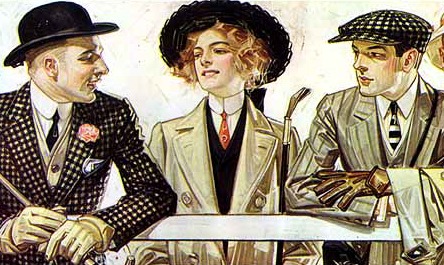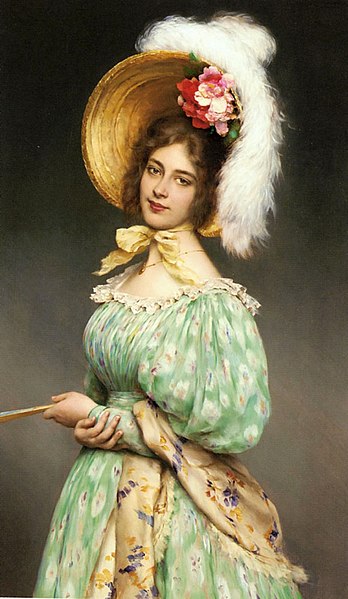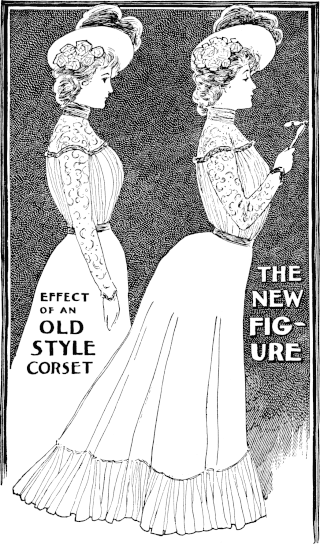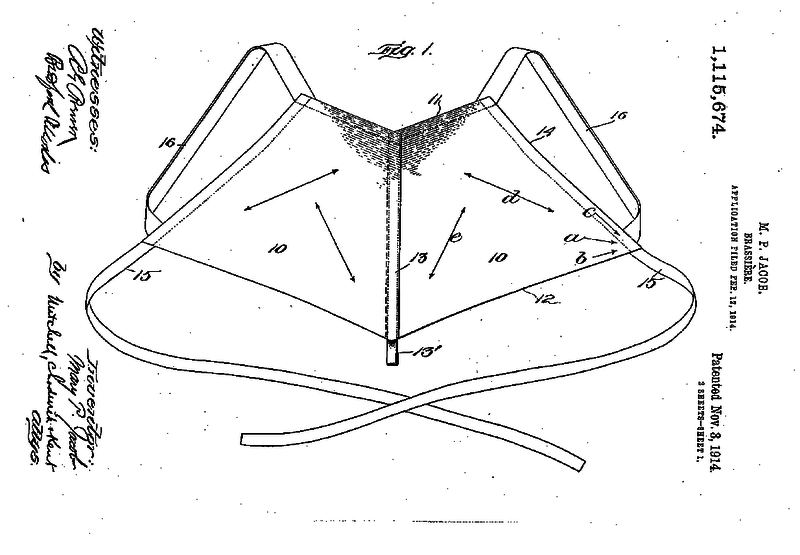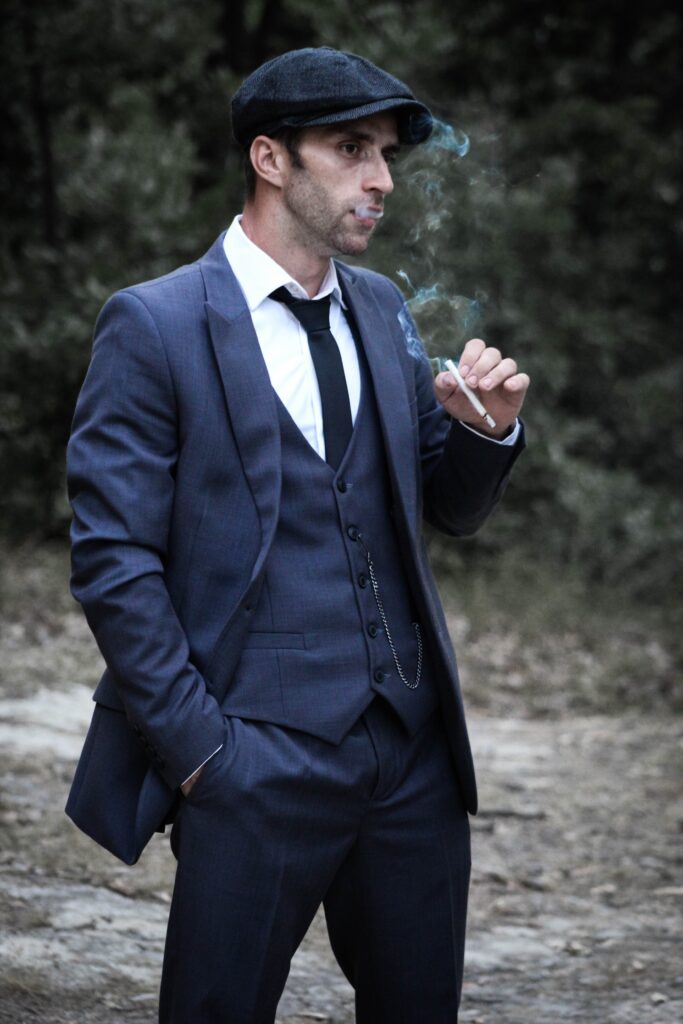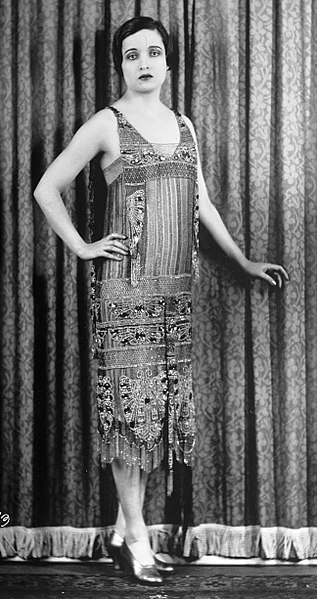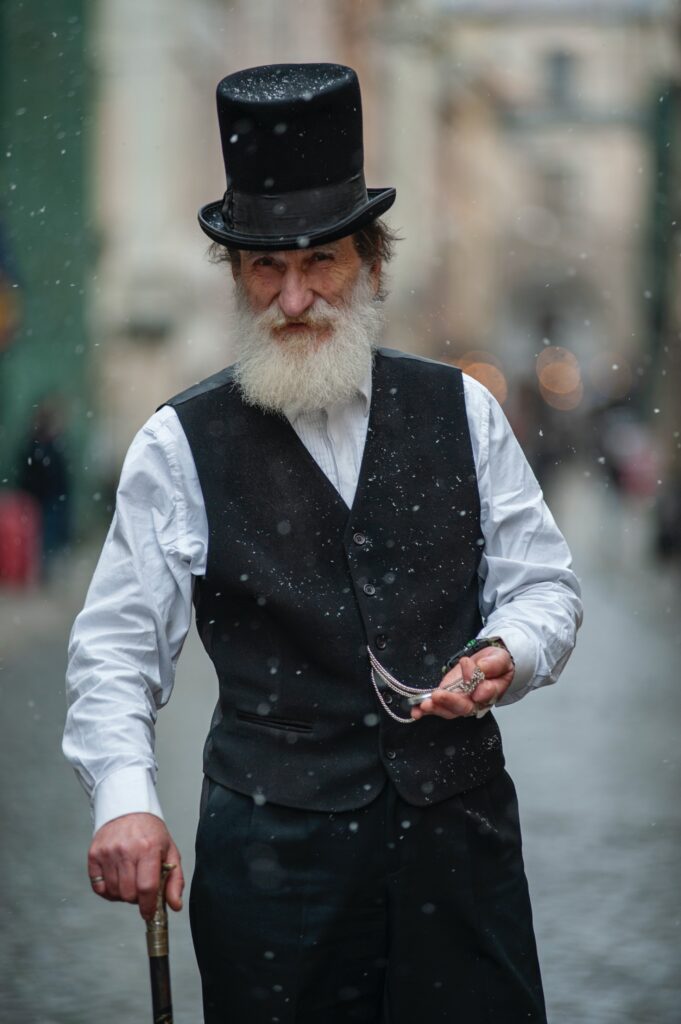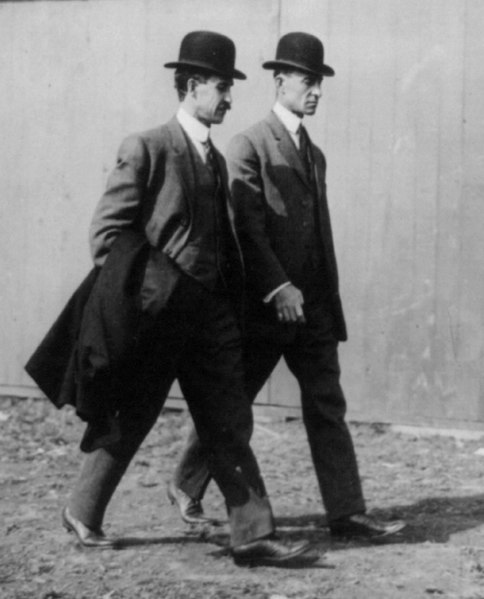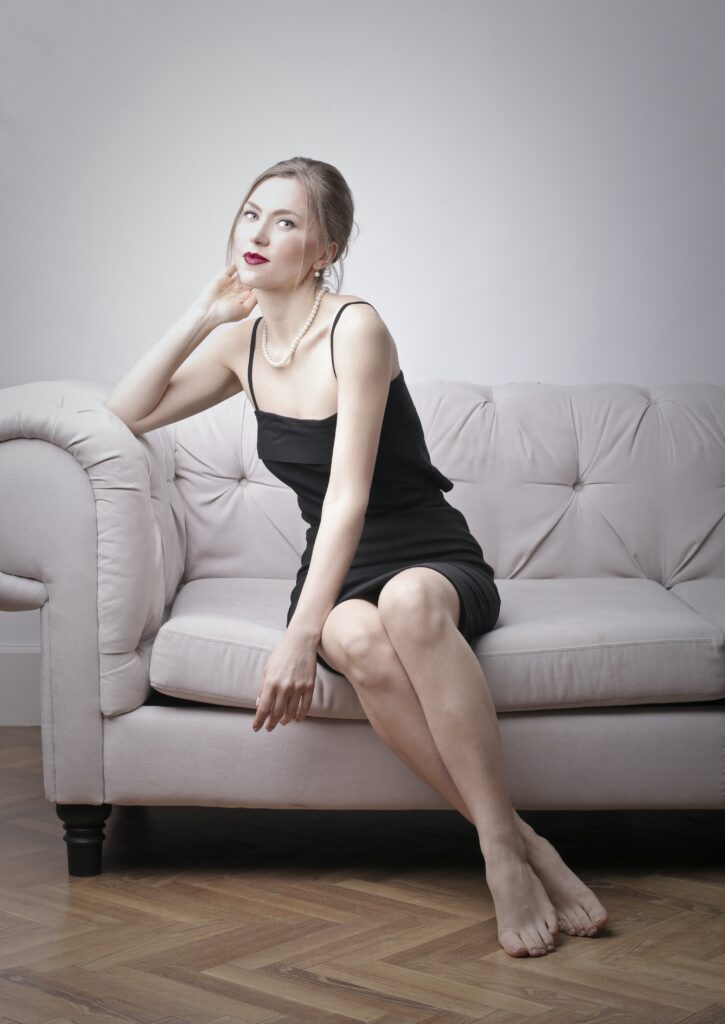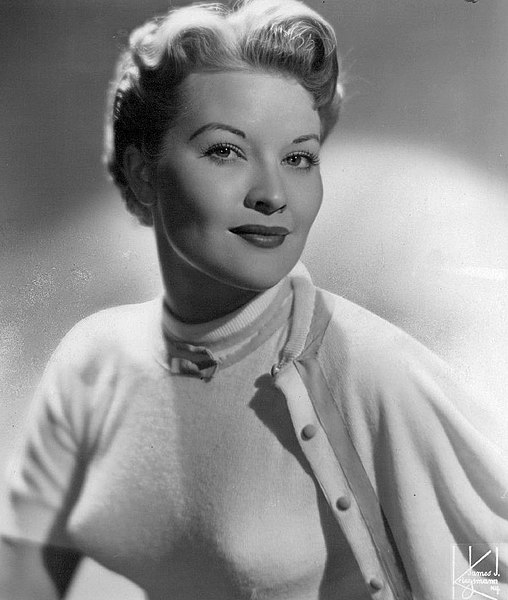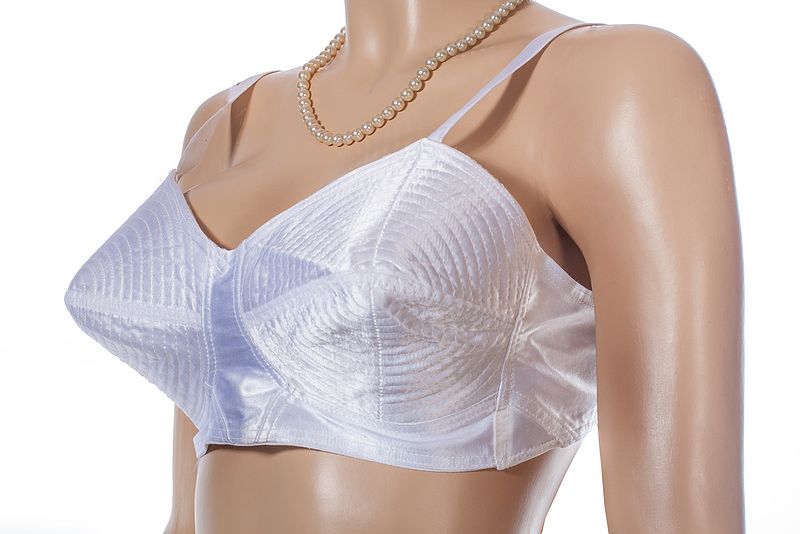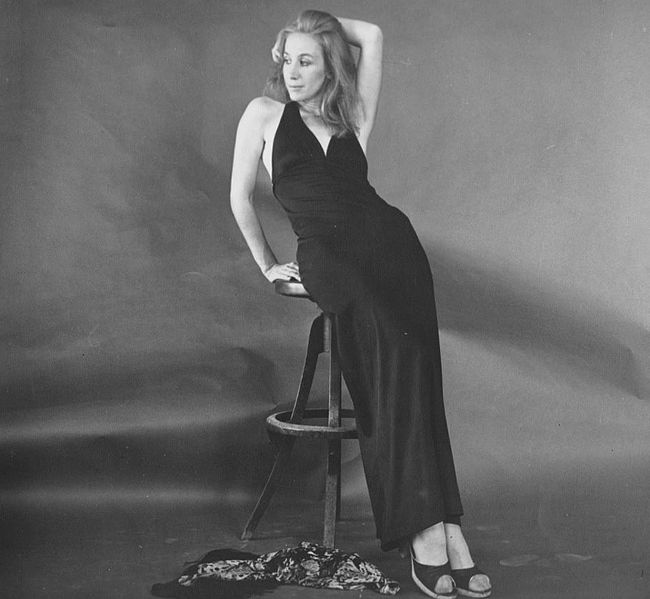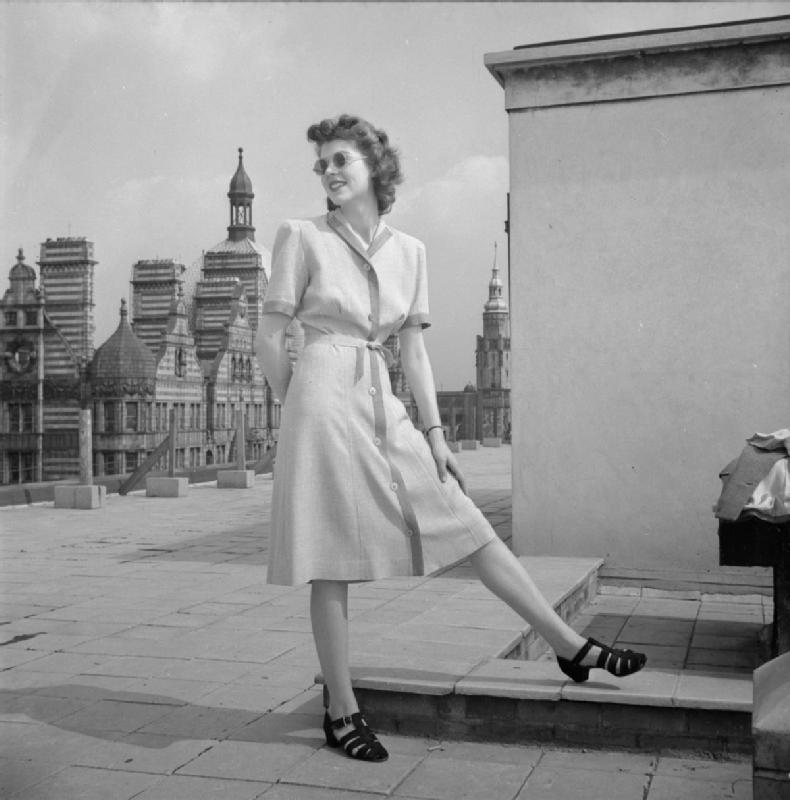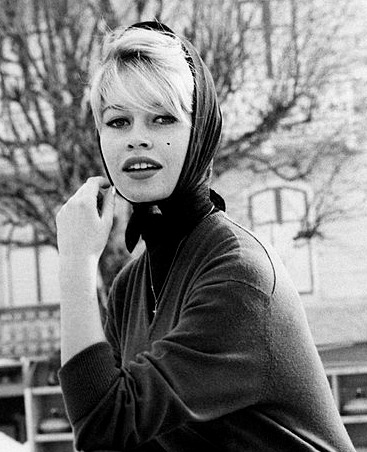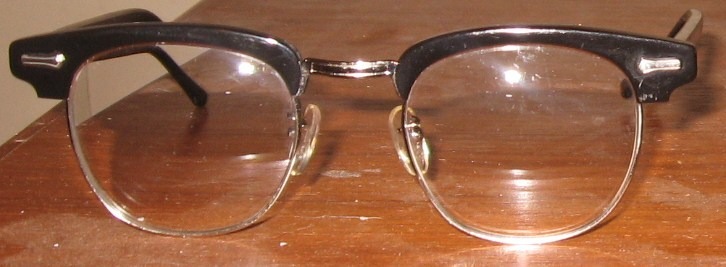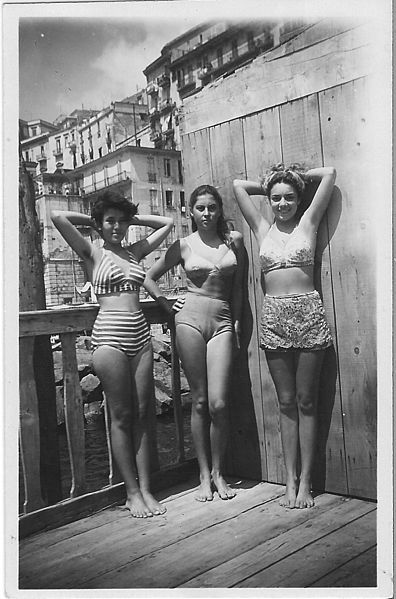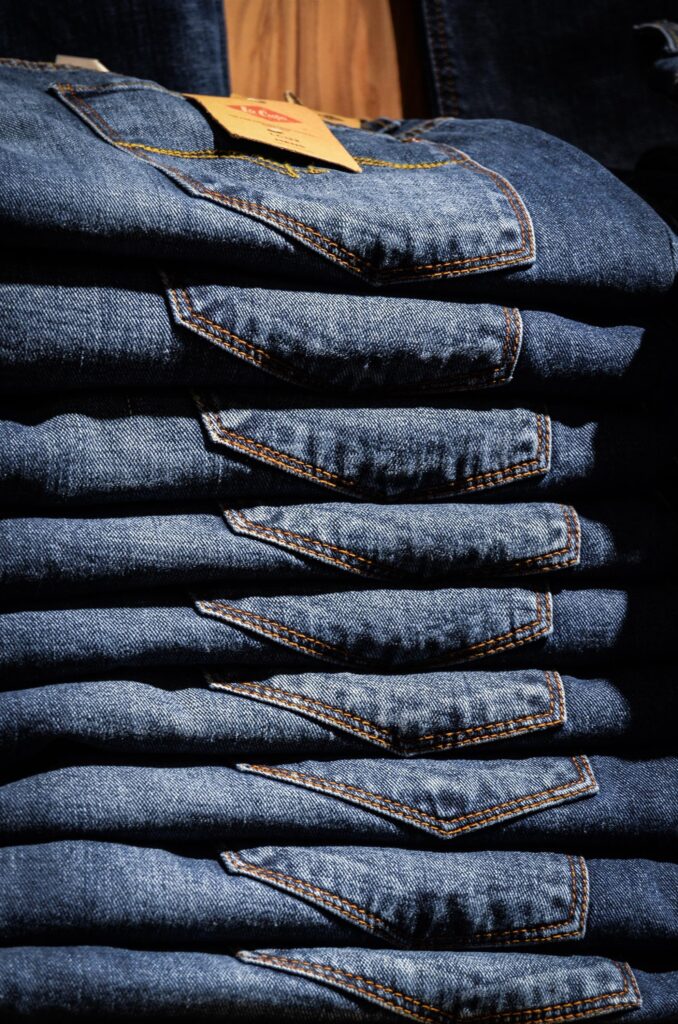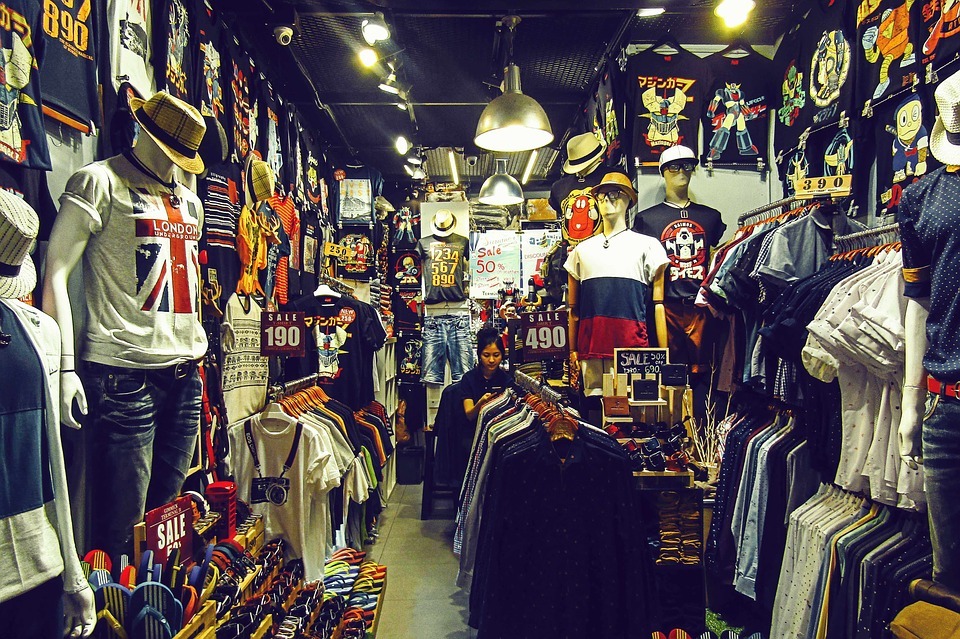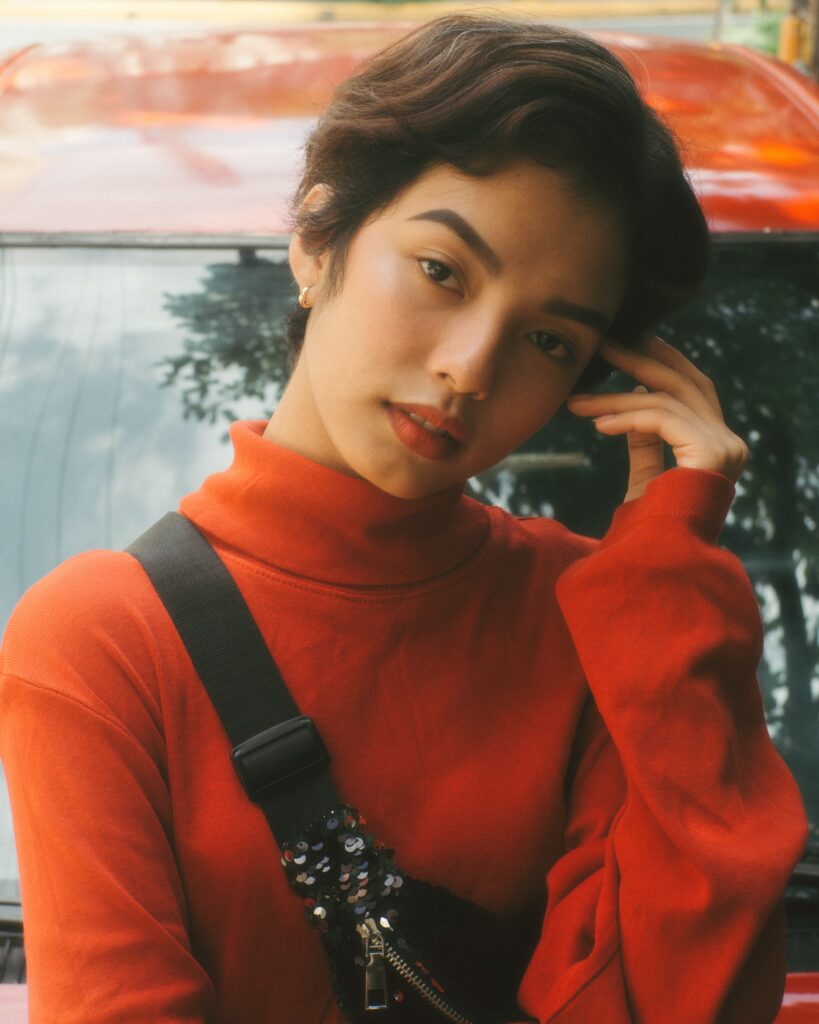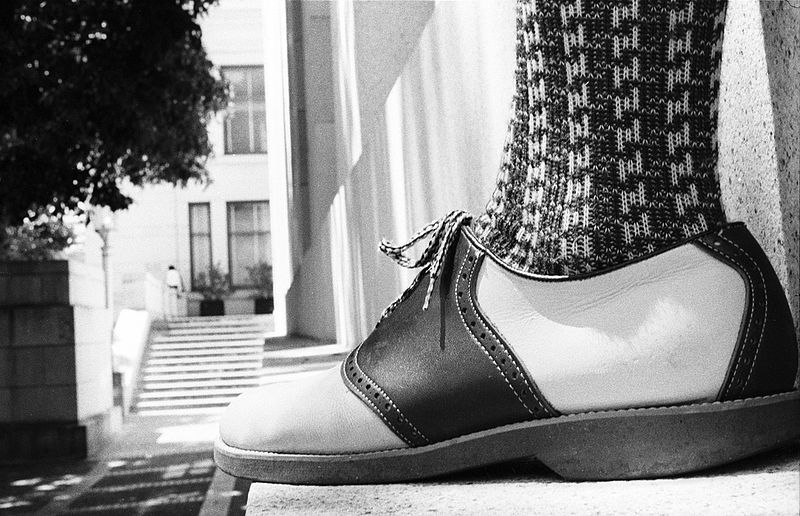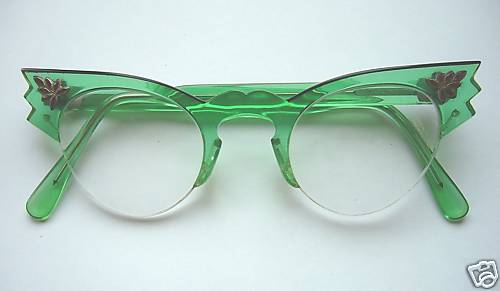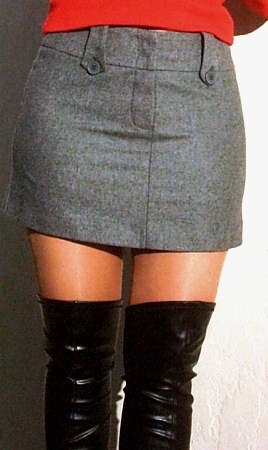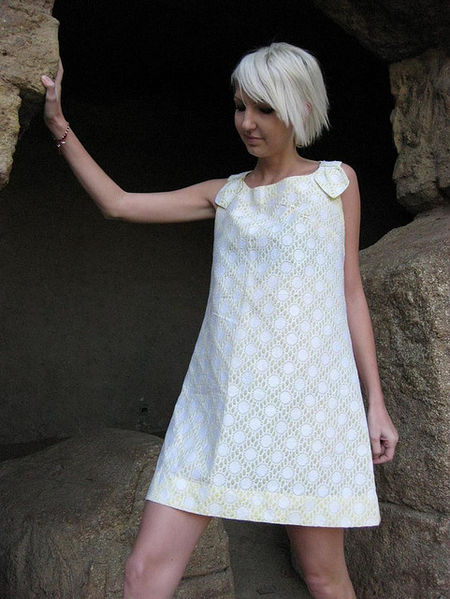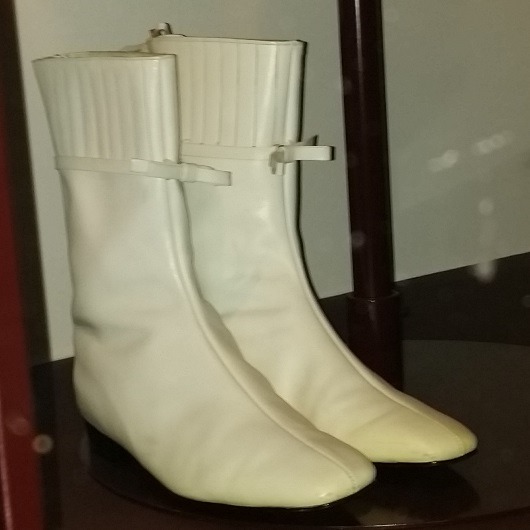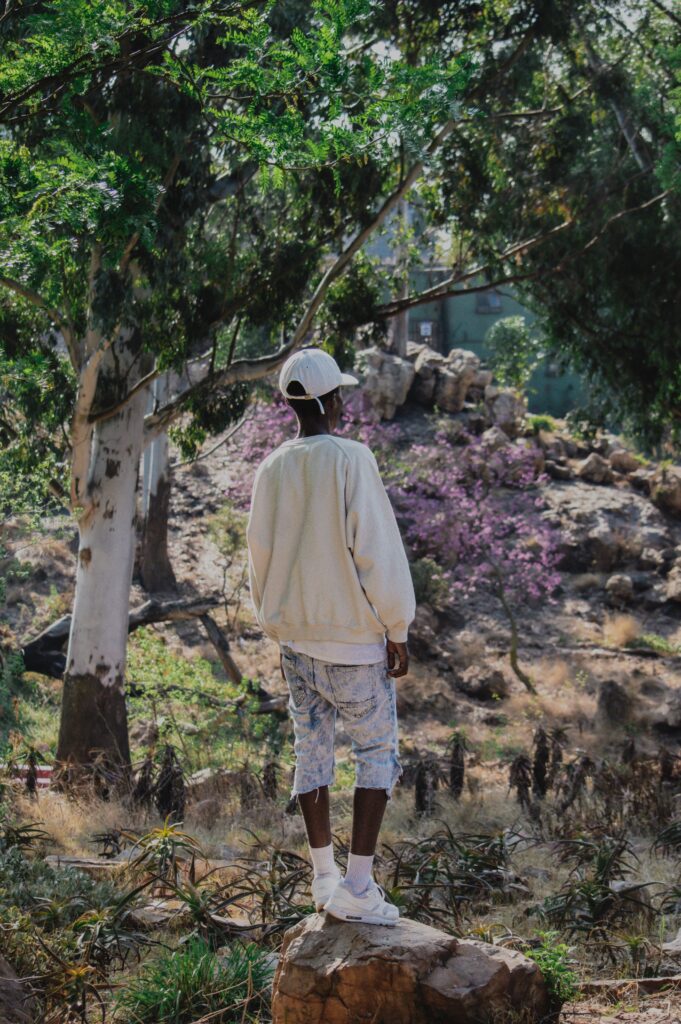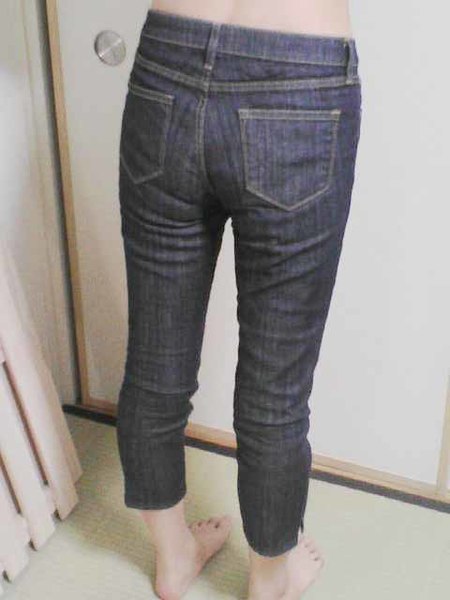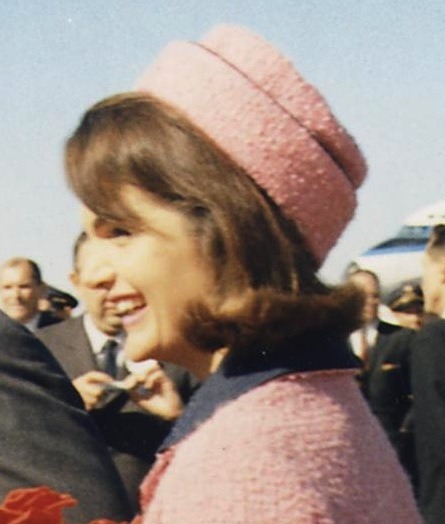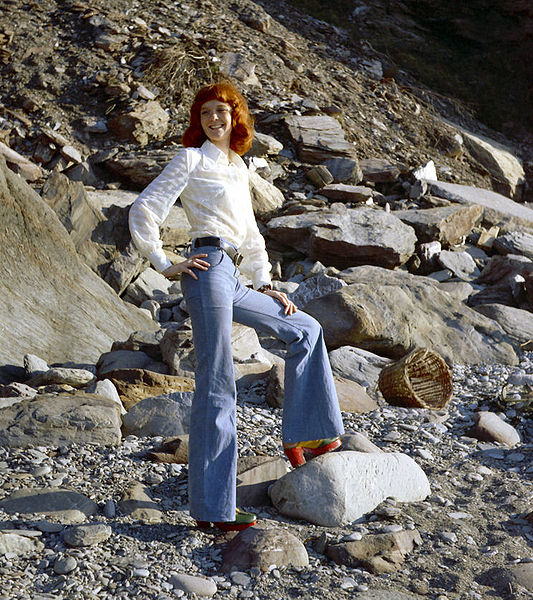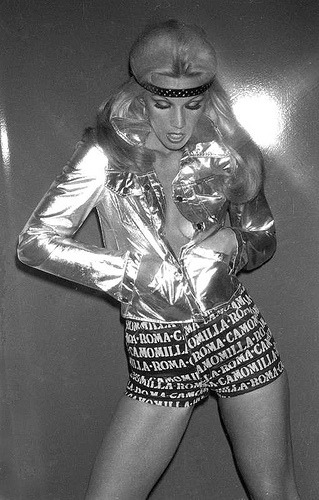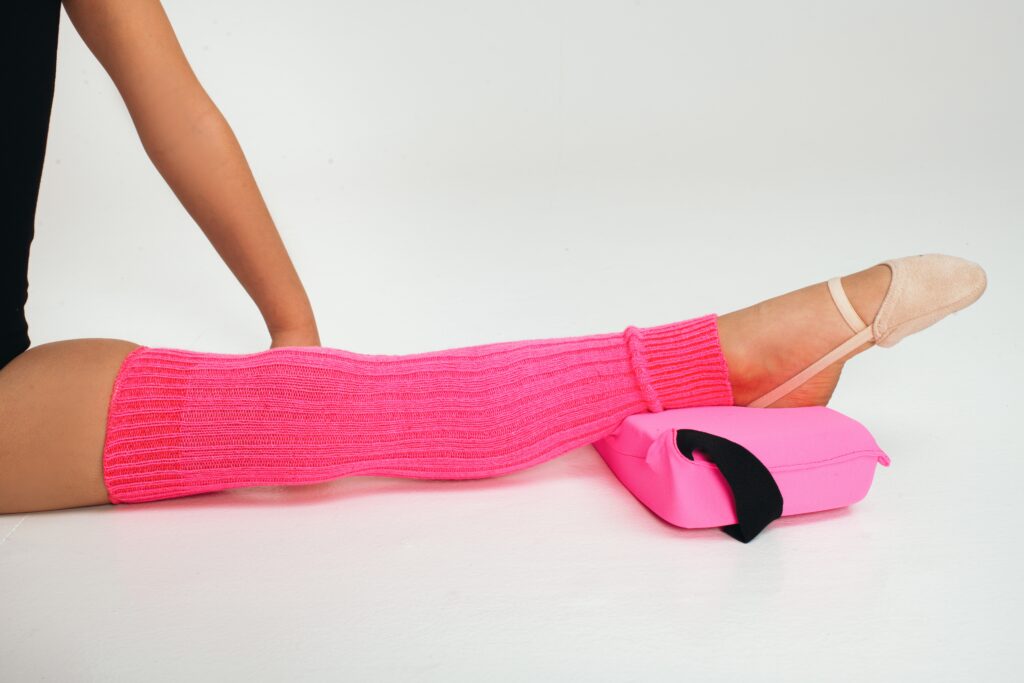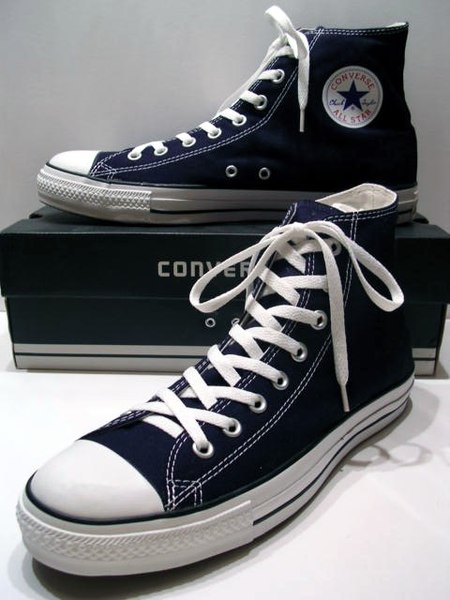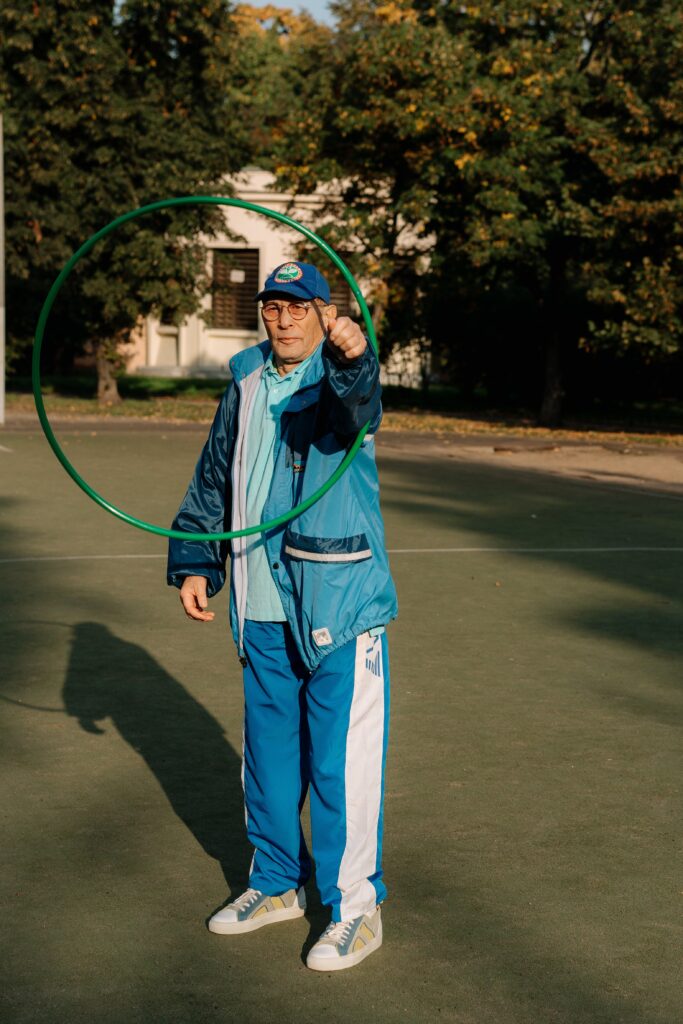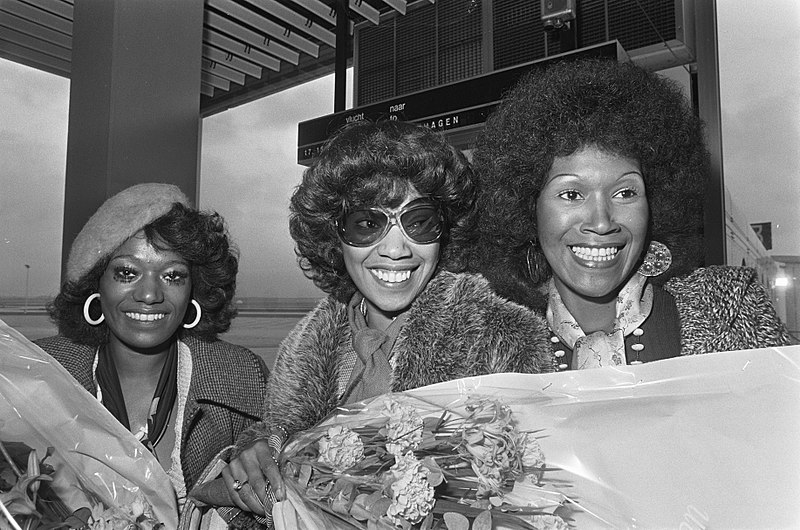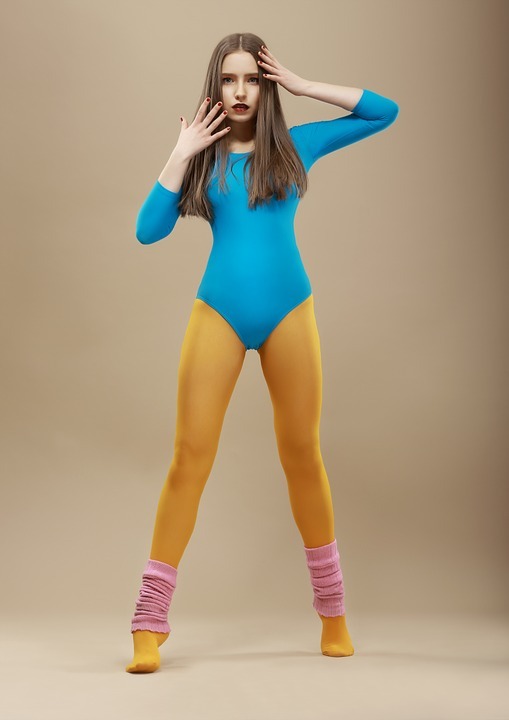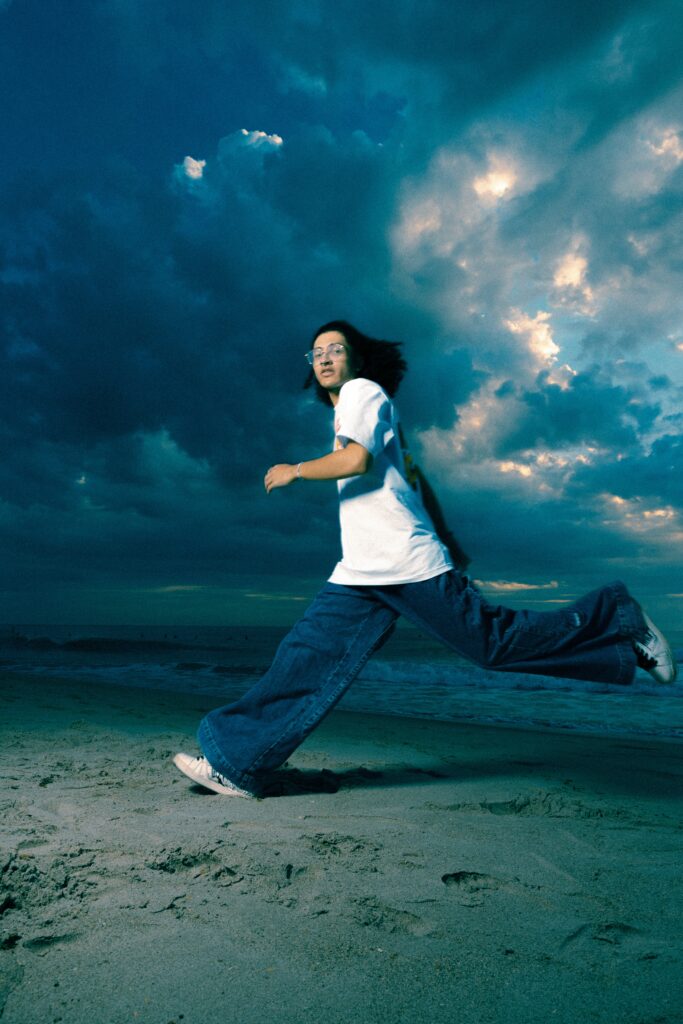Fashion in the 20th century can’t be defined in one word. If we look back at the major trends, not only is it a fashion throwback, but it’s also a fascinating history lesson. Clothing trends and styles were influenced greatly by wars, politics, social movements, music, and the onset of film and TV pop culture. So many different trends became popular all throughout the century due to improvements in technology, mass production, marketing and advertising. Each decade presented a renaissance in fashion and styles went on, off, and back again on the runway, making many pop culture icons along the way. People started fashion as a form of self-expression or rebellion, not just to comply with what must be worn according to social classes and gender (as fashion was in the past centuries). Stretch jeans provide men’s wardrobes with a unique and original style. In the trouser style, Mens Stretch Jeans are available in the wardrobe of guys. There’s no need to be self-conscious when wearing these pants because they’re not judgemental.
There are fashion trends in the 20th century that were nostalgic and chic, there are some that we still can use today and perhaps in the future, while there are also some that we might never want to bring back.
History of Fashion in the 1910s
In the 1910s, big hats with large brims paired with short hair were all the rage among women. Skirts and coats were kept narrow, and they fell to ankle length. High heels had become popular in the decade, but a new shoe was created in 1917. Sneakers, which would later become hugely popular.
In men’s fashion, suits were popular for formal attire and blazers for a more casual look. The pants were cuffed and ankle-length.
History of Fashion in the 1930s
The 1930s fashion was hugely inspired by the movies of the era. Women let their hair grow long and wore dresses. Floral patterns were by far the favorite in this decade. Makeup became a staple, and women started using curling irons to give their hair some dimension.
Men continued to wear suits but started pairing them with fedoras. Their pants remained cuffed. Less formal work clothes were acceptable for those who could not afford suits. Trench coats also gained popularity.
History of Fashion in the 1950s
Christian Dior, Hubert de Givenchy, and Cristobal Balenciaga became popular in the 1950s. Women swapped dresses for sportswear and occasionally dabbled in fitted pants.
Men’s fashion in this decade became more casual, with movie stars like James Dean and Marlon Brando greatly influencing the style of the time. Jeans with a white t-shirt and a leather jacket became popular. The slicked-back hair look was adopted by many men because it gave off a rebellious air.
History of Fashion in the 1970s
The 1970s marked the year of the hippie style, which consisted of maxi dresses and midi skirts paired with headbands, chokers, and scarves. Accessories such as beaded jewelry also became a go-to for women and men. The hippie trend was casual, but as women entered the workforce, they switched to more formal wear.
History of Fashion in the 1990s
1990s fashion was a continuation of all the popular trends from the previous decades. Women were still sporting clothes reminiscent of the 1970s. Denim became very popular with designer brands like Guess, Versace, and Tommy Hilfiger, focusing on denim pieces.
Here are the major fashion trends during the 20th century:
Feathered hats
Huge, broad-brimmed hats were worn in the early 20th century. By the mid-decade of 1900s to 1910s, hats were trimmed with masses of feathers and even with stuffed, taxidermied birds. This was referred to as the “plume boom” in fashion, as it became popular to wear real feather in hats. This caused a decline in the bird population and it even caused the extinction of some. By the end of the decade, hats had a smaller drooping brims that shaded the face and deep crowns.
S-bend corset
The S-bend corset was a fashionable trend during the 1900s, setting the standard of the time for women. It thrusts the hips backwards and forces the chest forward, creating a pouter-pigeon shape. This silhouette is emphasized with puffed, frilly blouses that are embellished with lace collars and broad ribbon ties. Separates are paired with these, with skirts fitted over the hip and fluted towards the hem.
Brassieres
The metal shortages during the First World War encouraged the end of the corset. During the decline of the corset, the brassier became the standard undergarment worn by women. The patent for the first modern bra was filed in 1899 in Germany by Christine Hardt, but the patent for the first brassiere design recognized as the basis for modern bras was given to Mary Phelps Jacob’s creation in 1914. The mass production in the 20th century made the bra widely available to women in England, United States, Western Europe and countries influenced by Western fashion. The term “cup” was only used during 1916 to accommodate different sizes of breasts. Sizes named as A to D has been correlated during 1932.
Hobble skirts
The hobble skirt was a short-lived fashion trend that was very popular since 1908 to 1914. The straight silhouette with an undefined waist was popular, eliminating the need for bustles and crinolines of the past era. The hobble skirt was one product of that emerging trend. It was created by French designer Paul Poiret, and it features long skirts tapered at the hem and literally hobbled the wearer. Some women tied their legs together at the knee to prevent splitting their skirts. By 1914, skirts were very narrow at the ankle, making long strides impossible.
This skirt caused accidents or even deaths for some women. In 1910, a woman wearing hobble skirt was killed by a loose horse at a racetrack outside Paris. In 1911, a young woman stumbled on an Erie Canal bridge while wearing a hobble skirt, fell over the railing and drowned, probably because it’s impossible to swim in that dress. The trend began to decline in popularity when World War I began, as the limited mobility of the skirt did not suit the wartime atmosphere. But this fashion became the predecessor of the pencil skirt.
Coats, waistcoats and trousers
Replacing the sack coat and lounge coat was the frock coat, which was worn by men for most informal and semi-formal occasions during the early 1900s. The three piece suit worn by men included the sack coat, waistcoat and contrasting trousers, or matching coat and trousers and a contrasting waistcoat. Trousers were ankle length.
Flapper dress
The 1920’s iconic look was the flapper dress. After the war and women’s suffrage movement, women’s fashions took a drastic turn.The waistline dropped to the hip level, natural curves are obscured, bust are flattened and women preferred the androgynous look. It was functional and worn without a corset so they can move freely. This fashion was most associated with the Jazz Age, since Jazz dances required fast movement of the feet and swaying of the arms. The flapper dress were hiked above the knees, and bras that flatten the chests were worn underneath. The look was created by Coco Chanel and was called “garconne.” With the dress, hair was worn bobbed and close to the head, and worn distinctive cloche hat.
Cloche hat
One of the key accessories during the 1920s was the cloche hat. It was invented in 1908, but it only became popular during the Jazz age because women loved the look of the hat with their bob hair. The bob hairstyle matched the loose and straight silhouette of the flapper dress of the time. This cut was responsible for the success of the hat business during the time. Cloche hats remained popular until 1933, before the Great Depression.
Top hats
Silk top hats, also known as “topper,” remained as a requirement for upper class formal wear up to the middle of the 20th century. When it was trendy, the top hat was frequently associated with the upper class, making it a symbol of the world of business or capitalism. By the end of World War II, top hats became rarely worn for ordinary dress, though it continued to be worn in special ceremonies such as state funerals and church weddings in some society events in the UK.
Nowadays, the top hat is most often associated with stage magic.
Bowler hats
If top hats are worn mostly by the upper class, the bowler hat was the common accessory for middle class men. It’s a hard felt hat with a rounded crown originally created during the 1849. Traditionally, it was worn with informal and semi-formal attire. But during the early 20th century, it became a common accessory for men in the middle and upper classes in UK, east coast US and Ireland. Contrary to popular belief, the bowler hat was the most popular hat in the American West, not the sombrero or cowboy hat. It was preferred because it doesn’t blow off easily in strong winds or when sticking the head out the window in a train.
Drape cut suits
This was introduced in the late 1920s as an athletic silhouette for men’s suits. It was more comfortable and less fitted to allow a freer movement. It was softer, more flexible in construction and has extra fabric in the shoulder. These were first considered informal and unfit for everyday dress for the streets, but during the 1930s, it became popular. With Hollywood stars Fred Astaire, Gary Cooper and Cary Grant donning the look, the fashion spread.
Little black dress
The little black dress, which is a fashion staple until today, originated to the 1920s designs of Coco Chanel and Jean Patou. The little black dress is a black cocktail or evening dress that is often quite short and cut simply. Because of its ubiquity, it’s often simply referred to as “LBD.” The little black dress is simple and elegant, and it can be dressed up or dressed down depending on the occasion. For instance, you can wear it with a coat and pumps for wearing at a daytime business affair; with a denim jacket and sandals for a casual day out; or with ornate jewelry, shiny satchels and special stilettos for a formal event. Fashion observers believe that a woman’s wardrobe isn’t complete if you don’t own even one LBD.
Costume jewelry
During the war, people dressed less extravagantly because funds are being put for the war efforts. Because of this, expensive necklaces were replaced with glass or crystal beads. Without grading them to smaller size, she mixed pearls and other beads to original jewelry.
Puff sleeves
Moving away from the “garconne” and flapper look from the 1930s, the 1930s returned to more traditionally feminine shapes in their wardrobes. This was evident with the popularity of the puff sleeves. Joan Crawford’s puffed sleeved gown in the 1931 film Letty Lynton was responsible for this trend, and was praised as the most influential pieces in the era’s fashion. The particular dress was copied by Macy’s in 1932 and sold over 50,000 or 500,000 pieces nationwide, although the figures might be gross exaggerations for marketing purposes.
Sweater girl trend
The fashion of wearing tight, form-fitting sweaters that emphasized the woman’s bustline became a popular trend known as the “sweater girl.” The trend was credited to Lana Turner’s 1937 film They Won’t Forget, where Turner donned an informal look for young women relying on push-up bras or bullet bras. This was the first major style for youth fashion, and this trend continued into the 1950s, as seen in actresses like Marilyn Monroe, Anne Gwynne and singer Patti Page.
Bullet bra
Also known as the cathedral bra or chansonette bra, the bullet bra featured pointed arches created by the pocket of air shaped like pointy triangles, which was said to help the breasts breathe comfortably. Today, that bra shape seems ridiculous, but it was popular during the 1940s to 1950s among actresses like Marilyn Monroe, Lana Turner, Patti Page and countless of other Hollywood actresses. Since Hollywood became a style inspiration for the masses that time, women followed suit. It was an iconic underwear, and it was made more famous by Madonna when she wore one designed by Jean Paul Gaultier during her Blond Ambition tour in 1990. Be sure to check out BabeAppeal for bra sizing.
Bias cut dresses or skirts
The sleek and sensuous silhouette of the 1930s was made popular through the bias-cut. Madeline Vionnet introduced the bias-cut, which accentuates the feminine curves by the clinging dresses that draped over the body’s contours. She cut the fabric at a 45 degree angle instead of along the straight grain, resulting into draped and fluid evening dresses. The 1930s was probably best known for this fashion silhouette. Pair the bias cut dresses with backless, then we’re on to something daring, even by today’s standards.
Utility dresses
Much of the fashion during the 1940s was based on what people call civilian uniforms. These clothes are labeled “CC41” or “Civilian Clothing 1941,” and are applied to clothes made from utility garments with minimum quality standards. During these war period, the government took control of supplies of raw materials for manufacturing. The government wanted to conserve raw materials like wool, leather, and cloth, so supplies are limited. But in spite of regulations, designers and manufacturers created different styles of utility clothing with durable, satisfactory quality and is also affordable. As men are being recruited to work for the military, women are replacing the male workers, and the utility dress has been their outfits.
Headscarves and turbans
Headpieces during the 1950s to 1960s were popular for women such as different variations of headscarves. The bandana which was worn by Rosie the Riveter became iconic and worn by women, especially those who joined the workforce. A variation of that bandana is a simple tying of a square scarf folded in half under the chin. The draped turbans represented the working woman, and it was worn by women of all classes. These headscarves can either be functional or decorative. The glamorized look for scarves were popularized by Brigitte Bardot, Audrey Hepburn and Jacqueline Kennedy.
Browline glasses
Browline glasses are a style of specs popular among men during the 1950s to 1960s. It features a bolder upper frame, imitating the way eyebrows frame the eyes. This style of glasses were first released in 1947 under the Ronsir brand, and it quickly spread among other manufacturers. This trend came back as sunglasses during the 1980s and became popular again in the 2010s along with the rise of hipster and retro style followers.
Two-piece swimsuits
Before the 1940s, women had no choice but to wear one-piece bathing suits. In the 1800s, women even wore bathing gowns! The two piece swimsuits that we wear today only started in the 1940s. Because of the war-time rationing, the bikinis were cut plain and simply made with no adornments, and less fabrics must be used. During the time, it was scandalous, but since it was created out of necessity, there was no other option. Apparently, there was an unspoken rule that the bellybuttons must never be exposed, so the earliest two-piece suits released in 1944 by Tina Leser were high waisted.
Two years later, the bikini was invented by a French engineer named Louis Reard. It was named after the Bikini Atoll, which was a nuclear bomb testing site in 1946, because Reard hoped that this would be explosive in the fashion world. His design was skimpy and daring, exposing the navel and the buttocks. None of the runway models wanted to wear it, so he hired a nude dancer to model it. Since it was controversial, it did not become popular until 1953 when Brigitte Bardot was photographed wearing it. Since then, it became publicly accepted in Europe, while it only became popular in the United States until the 1960s.
Poodle skirt
The poodle skirt was a popular trend during the 1950s. It originated in 1947 and was first designed by Juli Lynne Charlot. Her idea for the skirt began as she needed a last-minute Christmas skirt. Because she lacked funds and little sewing skills, she made a seamless skirt out of felt. As her skirt caught on, people asked her to make a dog-themed skirt, since dogs were popular. She designed skirts with three dachshunds with different personalities. This is why the knee-length skirt was called “poodle skirt,” as many of them sported dog images (especially poodles) by the hem. Later on, the poodle patch included flowers, flamingoes and hot rod cars. The skirt became popular with teenage girls who wore them at school dances. The era also saw a generation of rock n’ roll dancers, and the poodle skirts were the perfect dance attire, allowing them to move without restriction. This skirt was often worn with neck scarves, bulky belts, cardigans, oxfords and frilly socks.
A-line skirts
The term “A-line” was popularized by designer Christian Dior as a label for his spring collection in 1955. It was the most wanted silhouette in Paris, featuring a very full, pleated skirt and it has an A-shape (thus the name).This silhouette was even more popularized by Yves Saint Laurent with his Trapeze Line of spring 1958. YSL’s fashion featured dresses flaring out from a fitted shoulder line.
A-line skirts and dresses remained popular during the 1960s to 70s, until it disappeared from fashion by the 1980s, but was revived by the retro trend during the 90s. But the 90s version of A-line describes dresses wider at the hips than the bust. The true A-line shape from Dior and YSL was revived in the early 2000s.
Blue jeans
The blue jeans or denim jeans is a clothing staple for both men and women today, but it was initially worn by workers. Levi Straus’ jeans which had copper rivets was patented on 1873. Factory workers, farmers, miners and cattlemen wore jeans as sturdy trousers (since jeans plus the rivets make a very durable material). The modern and mass-produced jeans from Levi Strauss & Co. had two pockets in the front and one on the back. The zipper for men’s jeans are placed down the front, while women’s jeans had a fly down the left side.
James Dean popularized the blue jeans as casual wear in the 1955 movie Rebel Without a Cause. Since then, it became a symbol of youth rebellion by the 1950s. By the 1960s, wearing of jeans for both men and women became more acceptable, and jeans for both sexes had zipper down the front. By the 1970s, the jeans became a general fashion for casual wear until today.
T-shirt
This list will not be complete without the T-shirt – the most worn piece of garment all around the world today. It evolved from being an undergarment used in the 19th century. Being a slip-on undergarment without buttons, the earliest T-shirts date back sometime between the Spanish-American war of 1898 and 1913, when the US Navy issued these undergarments to be worn under the uniform. It became common for Marines and sailors, and eventually became popular among workers in various industries as well. The term “T-shirt” only became part of American English by the 1920s. It continued to be worn as a default undergarment by the Great Depression and the World War II.
T-shirts only became a popular standalone piece of outerwear in the 1950s after Marlon Brando wore one in the 1951 film A Streetcar Named Desire. Since then it was worn by men as a general purpose casual clothing. In the 1960s, printed T-shirts became popular, making T-shirt a form of self-expression. It was used for advertisements, souvenirs and protests. Until today, printed T-shirts are ubiquitous, since they are inexpensive and simple.
Turtleneck
The turtleneck, also known as polo neck, is a piece of clothing (usually a sweater) with a close-fitting collar that folds over and covers the neck. It was already adapted during the 1920s as a middle-class fashion trend, but it only became a mainstream clothing in American fashion by the mid-20th century. It has been closely associated to academics, intellectuals, philosophers and artists who want a smart form of dress but rejects the suit and tie.
Over time, it became common among teenage girls and young women, especially in the form that hugs their figures. After that, Hollywood used these garment as part of the sweater girl look.
The tight turtleneck became part of the preppy style among students during the 1950s, emphasizing neatness, tidiness and grooming. This continued to be in fashion for the rest of the century, especially during the 90s.
Saddle shoes
The saddle shoes was initially created for sports during the 1900s. With the popularity of dances like the Jitterbug and the Lindy Hop during the 50s, it became a choice footwear for both sexes. These are low-heeled casual shoes with a plain toe and a saddle-shaped decorative panel placed at the middle of the foot. They are typically made of leather and features any color combination, but mostly in white and black or dark blue saddle.
Cat-eye glasses
Women in the 1950s loved wearing cat-eye specs as an accessory. These Hollywood glam glasses were popularized by Marilyn Monroe in the 1953 movie How to Marry a Millionaire. This style of glasses are still popular today, but usually in minimalistic, monotone designs.
Miniskirt
The 1960s was a decade of fashion renaissance that broke so many fashion traditions, and reflected social movements at the time. The miniskirt is one of them. Inspired by the fashions worn on the streets, British designer Mary Quant raised the hemline of skirts in 1964 to several inches above the knee, birthing to the iconic miniskirt. She named the skirt after her favorite car, the Mini Cooper. It was a daring fashion choice at the time, but became well-embraced by women.
The miniskirt was a timeless piece that changed fashion forever. It was a symbol of the little girl look, which stems from the revolutionary shift in the way people dress. Instead of dressing like adults, the youth became inspired by childlike dresses. They began to establish their own identities, different from the traditions of their parents. The hemline rise also reflected women’s desire for freedom and wanting the same choices and opportunities offered to men.
During the sixties, hemlines continued rising, and by 1968 it reached well above mid-thigh. These skirts are known as “micro minis.” Miniskirts come in different styles such as classic box pleats, straight pencil cut, A-line and circle shapes. It also comes in solid colors, or patterns such as plaids, florals, knits and corduroys.
Shapeless shift dresses
The shapeless shift dress was popular during the 1960s, but it was inspired from the short, usually sleeveless, shapless and simplified dress of the 1920s. It emphasizes an image of innocence, as it doesn’t fit to any contours of the female form. Since women’s body has forever been trapped into culturally-constructed ideals, the shapeless shift dresses brought a major “shift” in fashion, enabling women to be more independent. The shift dress was popularized by fashion icons like Twiggy, Audrey Hepburn and Jacqueline Kennedy.
Go-go boots
Before the 1960s, the trend of women wearing boots was unheard of – since boots are only worn to overcome natural elements like winter, etc. The go-go boot was the famous fashion boot of the 60s that broke this tradition. With this footwear, women are now empowered to wear boots for fashion purposes. The original go-go boots, as defined by André Courrèges in 1964, are low-heeled, calf-high, white boots with square toes. The term “go=go” came from the French word “la gogue,” which means happiness.
As the hemlines of the miniskirts and dresses rose, the height of the go-go boots also rose with it. As time went on, they made go-go boots with other fluorescent colors, used shiny materials and sequins, and included kitten-heeled versions.
Capri pants
In the 1960s, capri pants were the casual fashion for women and girls. The acceptance for capri pants in the US was furthered by the 1960s TV series The Dick Van Dyke Show, where Mary Tyler Moore became a fashion sensation with her snug fitting capri pants. By the middle of the decade, capri-style cargo pants became popular for teenage boys and young men. It became out of style during the 1970s through the ‘90s, and saw a resurgence in the mid-2000s.
Pantsuit
As shocking as miniskirt was in the 1960s, there was an equal confusion over the pantsuit. The pantsuit was a look directly copied from men’s suits, but tailored down to feminine sizes and shapes. When it became mainstream, some establishments and offices forbade women to wear pantsuits. People were confused whether it was an empowerment for women or an insult to femininity.
By the late 1970s, the pantsuit became an acceptable business wear for women, thanks to the success of Yves Saint Laurent’s “Le smoking” tuxedo line. This line suggests burgeoning feminist statement that “If men can wear this, why can’t I?” The popularity of the pantsuit also came with the increase of women entering the workforce, letting women prove that they are as powerful and as serious as the men they share offices with.
Katharine Hepburn pioneered wearing trousers for women, at time when it was a radical move for a woman to do so. She helped made pants acceptable for women, and fans began to imitate her.
Slim-fit pants / drainpipes / skinny jeans
The slim-fit pants, also known as drainpipes or skinny jeans (when made of denim), are pants that are snug-fitting through the legs and may taper completely at the bottom of the leg, or has a straight cut on the lower leg. This style of pants were popularized by rock bands and musicians like The Rolling Stones, The Beatles and Bob Dylan. Celebrities like Audrey Hepburn also raised its popularity among women.
Pillbox hats
Before, hats are worn as a necessity, but in the ‘60s, hats are more of an accessory for both men and women. Even the Catholic Church ended its requirement for wearing hats during mass in 1967. The pillbox hat was fashionable for women, almost entirely due to the influence of Jacqueline Kennedy, a fashion icon of the decade. Women also followed her neatly teased, bouffant hairstyle.
Bell bottom pants
Bell bottom pants and flared trousers appeared in 1964 as an alternative to capri pants. It’s pants flared out from the bottom of the calf that looks like a bell. This fashion garment led the way to hippie period of the 1960s. It was usually worn with chiffon blouses, ribbed sweaters or tops that bared the midriff. Bell bottoms are made of denims, silks, polyester and even elasticated fabrics.
By the ‘70s, bell bottom pants are one of the most popular fashion items for both men and women. It became fashionable until the rise of punk rock in the late 1970s. During mid-1990s, the bell bottom pants were reintroduced as “boot-cut” pants with slimmer flares.
Crop top
Crop tops are very popular nowadays, but they have to be credited back to the 1940’s. Celebrities dared to sport these tiny tops, but it didn’t seem to catch on. It wasn’t until the sexual revolution of the late 1960s to 1970s when the crop top started to achieve widespread acceptance. It was promoted by celebrities like Jane Birkin and Barbara Eden. In the 1970s, Catherine Bach became a fashion icon by playing Daisy Duke in the popular film and TV show Dukes of Hazzard, as she wowed the world with her sexy short shorts (known as daisy dukes) and a plaid cropped top. That time, she was one of the first women to ever show her stomach (and belly button) on television! Since the society was undergoing social change and liberation, people wanted to be part of it, so the crop top became popular.
During the 1980s, the crop top became a common fashion during the aerobics craze as an influence of the popular movie Flashdance.
Hotpants
Hotpants or booty shorts describe extremely short shorts worn by women and (to a lesser extent) men. These shorts were originally made of luxury fabrics like satin and velvet, and were a popular element of mainstream fashion during the early 1970s. Performers like Britney Spears and Kylie Minogue continue to popularize it throughout the 90s. It’s still popular until today, especially as clubwear and entertainment, particularly as common costume for dancers.
Shoulder pads
The 1980s was a decade of increasing power dressing for both men and women. People are prone to self-indulgence, and women looked for fashion inspiration from movies, TV shows and music videos. Prime time soap operas such as Dallas and Dynasty influenced fashion and popularized the oversized shoulder pads as part of a power suit for women in the corporate world. Shoulder pads are common during the 80s, as the thought was the wider the shoulders were, the smaller the waist looks.
Leg warmers
The fitness craze of the 80s made leg warmers a fad. The baby boomers suddenly found themselves gaining extra weight when they entered their thirties, sounding the alarm for the generation to put emphasis on health and fitness. This made athletic accessories a massive trend, and one of the biggest was the leg warmers.
Initially, leg warmers are used for practical purposes: to cover the legs and keep it warm during cold weather, and to keep dancers’ muscles from cramping after stretching. But because of the whole aerobics craze, people used leg warmers as a fashion statement. The popularity of this was also partly due to influence of films Flashdance and Fame.
Sneakers
Because of the fitness craze during the 80s, the sneaker became a popular casual footwear for street fashion. But before it became a high-fashion staple, it was primarily a functional fitness shoe. After the World War I, governments had to confront the loss of life. The war made society realize how physically unprepared men were for the battle, prompting a large-scale push for fitness. People started spending time for athletic pursuits, and opportunistic industrialists started mass producing sneakers. The Converse Rubber Shoe Company drafted basketball player Chuck Taylor to improve their basketball shoe, giving birth to the All-Star Converse in 1921.
By the end if the WWII, the sneakers are worn by school kids to workmen for comfort. But the fitness fads of the 70s and the 80s brought the sneakers to further prominence. Companies like Nike and Adidas profited from advertising, and the influence of NBA and hip hop.
The Chuck Taylor sneaker, which was originally made for basketball players, saw a huge revival on the streets during the 1990s. The shoes were worn by lovers of rock, grunge and hip hop. Today, the Chuck Taylor sneaker is one of the most popular out there.
Tracksuits
Tracksuits have come in and out of fashion for many decades. A tracksuit consists of two parts: trousers and a jacket with a front zipper. It was intended for use for athletes and for sporty or fitness-minded people. During the 1960s to 70s, tracksuits as sportswear became acceptable to wear outside the gym. Some wore tracksuits as a fashion statement, which was also made possible due to the fitness craze of the 70s and 80s. Tracksuits are often made of velour, which was a plushy fabric trendy at the time.
The popularity of tracksuits were partly credited to hip hop groups Run DMC, The Beastie Boys and countless b-boys in New York. The tracksuit made a comeback in the 90s, most notably because of rapper Jay-Z and Spice Girl Sporty Spice. This trend continued until the 2000s, where velour made a huge comeback due to the likes of Juicy Couture.
High cut body suits
High cut body suits and leotards are iconic during the 1980s to 1990s. These suits bare the pelvic bone, and are very popular as fitness wear paired with leggings or leg warmers. These suits also translated to women’s streetwear during the 80s, and was paired with ripped jeans or shorts. The bright red, one-piece suits worn by the beautiful women from Baywatch also made the suits all the more popular.
Big hair
If you look at the famous celebrities and artists during the 80s, one question comes to mind: how come they are blessed with thick, enormous, curly hair? Truth is huge hairdos were very popular during the era, as men and women go to the salon to get huge perms and turned up the volumes of their hair by teasing. Heavily styled hair was in.
Animal prints
Another unforgettable trend from the 80s was animal-print everything. The decade celebrated wild and loud patterns, so the stripes and spots of zebras, leopards and cheetas were seen everywhere.
Leggings
At some point during the ‘80s, women decided they don’t need to wear pants or skirts all the time, as leggings would do the trick. This fashion choice was partly caused by the fitness craze as well. When Olivia Newton John wore a pair of skin-tight black leggings in the iconic 1978 film Grease, the legging trend really took off at the turn of the decade.
Flannel shirts
If there’s one trend you’ll remember about the 90s, it’s the flannel shirts. The term “flannel shirt” was used to refer to any shirt with a plaid or tartan pattern, but “flannel” is actually a soft, woven fabric. Its popularity is associated with the grunge fashion that was popular for both sexes. This was at the peak of fashion during the peak of grunge bands like Nirvana and Pearl Jam.
For women, flannel shirts are often worn with ripped jeans or mom jeans, band T-shirts or knit sweaters, long and droopy skirts, and hiking boots or combat boots. Men like to wear their flannel shirts with acid wash jeans, wool sweaters or turtlenecks, leather jackets, corduroy sportcoats, sweatpants or sheepskin coats.
Overalls
Initially designed as protective clothing in work settings, overalls became a garment of high fashion especially during the 90s. When Levi Strauss and Jacob Davis invented it during the 1890s, it was used as a protective working garment worn by the working class. During the Great Depression, the poorest of American population wore overalls, such as railroad workers, loggers, farmers and miners.
It only became a popular fashion garment during the 1960s onwards through the bib overalls, and experienced a great revival during the 1990s. By the middle of the decade, teenage boys and girls wore these, with t-shirts or sweaters underneath. It also became part of the hip hop fashion for men and the sexy school girl look for women. Overalls are commonly worn with one strap or both straps down.
Baggy jeans
The baggy jeans was the quintessential hip hop style. When hip hop music went mainstream in 1992, oversized baggy jeans became popular among young men as casual wear. Paired with the baggy jeans are military and sports-inspired clothing like bomber jackets, tracksuits and baseball jackets.
During the late 90s, some teenage girls embraced baggy jeans to imitate the look of British girl group All Saints. Baggy jeans were paired with T-shirts, sweatshirts, trainers, tank tops or crop tops.
Slip dress
Slip dresses are cut on the bias with spaghetti straps. During the 90s, slip dresses were widely worn by women as part of the underwear-as-outerwear trend. Slip dresses are made of soft and delicate fabrics such as chiffon, charmeuse, polyester satins, and are usually trimmed with lace. The slip dress looks like an undergarment, but it was intended to be seen. Because of the sheer fabrics, it offered glimpses of the body underneath.
Platform shoes
The platform shoe has long been in history. It first appeared as “chopines” during the medieval times, which helped royals walk through mud. It became in and out of fashion, but in the 90s, the platform shoes made a huge comeback. The popularity of the shoes was partly caused by the popular girl group the Spice Girls. As soon as department stores saw women’s desire for them, they mass produced the shoes.
Conclusion
Fashion is ever-evolving, with different fabrics and cuts coming into and out of style. The 1900s saw a vast range of trends, from floral dresses and formal attires to casual hippie bell bottoms and beaded jewelry. Even today, certain trends make a comeback showing just how influential the 1900s was in terms of fashion.

